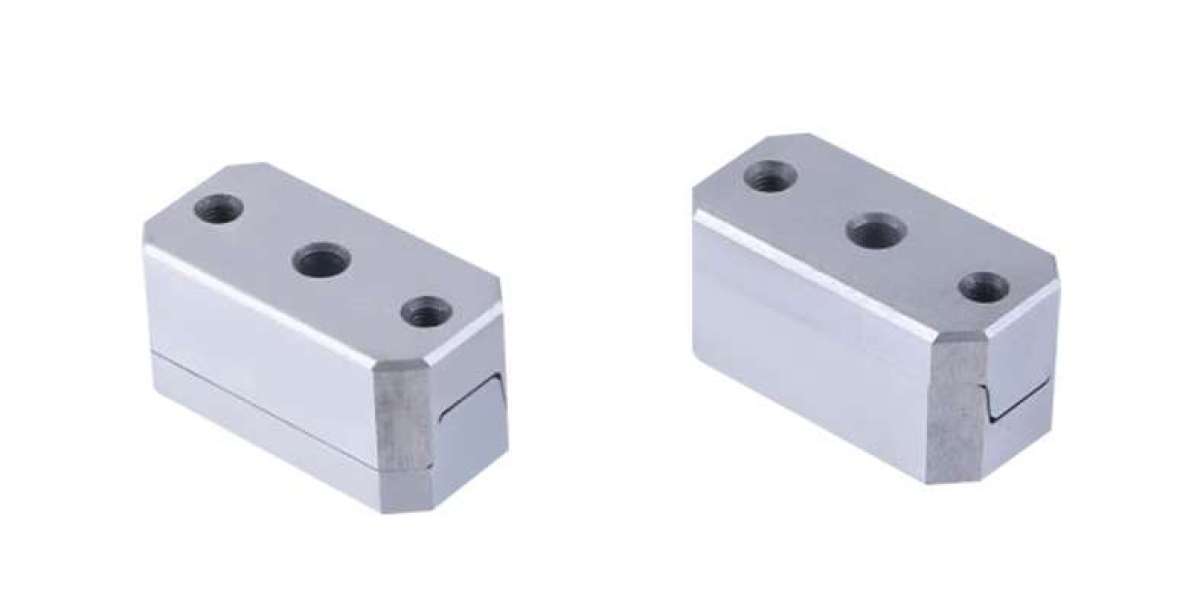Choosing the appropriate Mold Safety Lock is an important step in mold design and engineering. Different molds operate under various conditions—temperature, pressure, and cycle speed—all of which influence the type of safety lock required.
A standard mold safety lock consists of two mating components: a male and female part that engage when the mold closes. Designers must consider the mold’s weight, the alignment requirements, and the number of cavities to determine the appropriate locking capacity.
For large molds, stronger mechanical locks or double-acting locks are recommended to ensure stability. For smaller or precision molds, compact safety locks with high accuracy can maintain perfect alignment without adding unnecessary weight. Material selection also matters—hardened steel provides durability, while treated alloys resist corrosion and wear.
Selecting the right mold safety lock not only improves performance but also simplifies maintenance. By ensuring tight engagement and reliable locking, it helps achieve stable production and prolonged mold lifespan.














